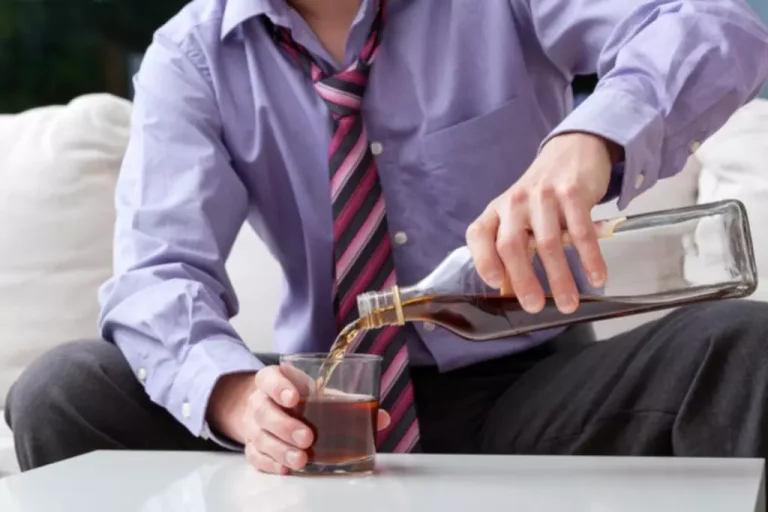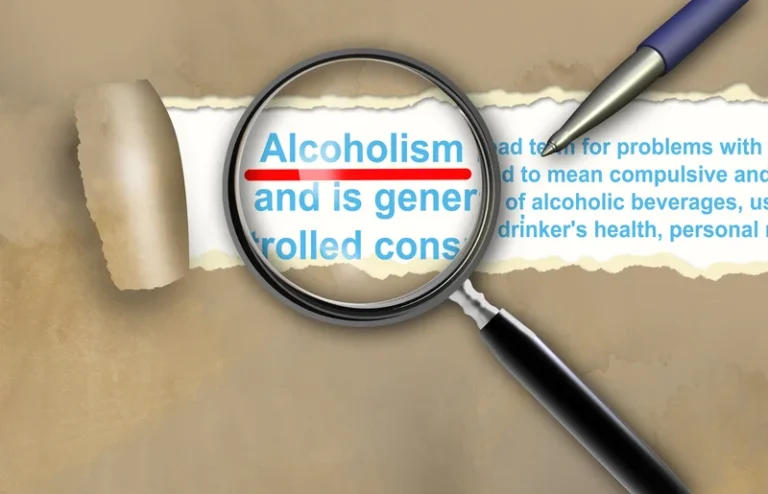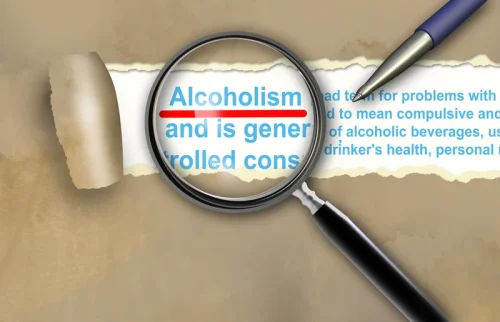
If you feel like you or your child may benefit from therapy, check out Psych Central’s guide to seeking mental health support. Teaching kids self-care by helping them practice health- and wellness-focused habits can help offset the effects of stress. This means that sleep deprivation may cause some students to be stressed before the school day even begins. Some kids’ lives are filled with chronic and acute stressors, both in and out of classrooms.
It’s okay to feel confused or struggle with peer pressure. Everybody faces it at some point in their lives.
- Sign up for the weekly CPTC newsletter and get parenting tips delivered right to your inbox.
- Knowing what matters most to you is the first step in handling peer pressure.
- It also enables them to make choices that contribute to their well-being, both mentally and emotionally.
- Clear communication is your shield against the pressure of peers; it empowers you to express your choices confidently.
Giving in to pressure from your friends to do something you normally wouldn’t do can leave you feeling guilty, regretful, ashamed, embarrassed or even frightened. Find out what peer pressure is and how to handle it, including what to do if things get serious. Negative peer pressures can include risky behavior that can be harmful to your teen or others.

How To Tackle Peer Pressure: Types, Strategies, Examples
- See seven tips to help teens avoid negative peer pressure and respond in a healthy way.
- In rare instances, some teens pressure other teens to commit suicide.
- Giving students the opportunity to reflect on their values and beliefs around communication is a good starting point for dealing with peer pressure.
- By seeing someone else do something positive, even if it’s challenging, you may reflect on your own life choices, goals, and where you spend your time.
If their temporary lapse in judgment doesn’t cross into territory in which safety or morality are at risk, try to stay calm. If possible, share a situation from when you were younger in which you made a mistake and explain what you which of the following is a type of indirect peer pressure? learned from it. That even-handedness will encourage them towards making positive choices if faced with a similar peer situation in the future. Your flexibility in these areas will also allow you to take firmer stances in areas that would challenge their safety or morality. It’s important to allow teens to make day-to-day decisions for themselves.

Develop Decision-Making Skills When it Comes to Peer Pressure
Everyone should have specific peer pressure strategies in their back pocket that will help them respond to subtle nudging from peers towards risky activities. In contrast, negative peer pressure coerces others towards risky, inappropriate, unethical, dangerous or illegal choices. This pressure may be overt (e.g. direct goading to try drugs) or subtle (e.g. everyone at a party drinking shots, creating an implicit expectation for others to join in). Saying “no” becomes difficult in such contexts, even when uncomfortable, since humans innately seek to “belong.” The teen years and young adult life often intensify susceptibility while avoiding peer pressure.
- Finding the right balance between independence and supervision can help children feel supported while also giving them room to grow.
- We all know what it’s like while dealing with peer pressure when so much seems to be riding on performance and meeting goals.
- Celebrating student successes can help provide them with the confidence they need to stand up to negative peer pressure.

Schools and community programs can also provide safe spaces where teens can build friendships with like-minded peers, reducing the likelihood of falling victim to negative peer influences. You must also help them understand that there are times when it’s all right for them to say no. Taking illegal drugs, or driving with someone who has been drinking, are examples of times in which safety demands they say no. If they are being pressured by friends to smoke cigarettes they might say, “No thanks.

Coping with Peer Pressure
- People who are your age, like your classmates, are called peers.
- When setting boundaries, it’s important to involve your child in the process.
- Making new friends and developing healthy relationships are some of the simplest ways to resist peer pressure.
- Youth often look to their peers for validation, if they experience self-doubt or insecurities, this can make them more likely to engage in risky behaviors to gain social acceptance.
Some of these could include drug use, alcohol, or unprotected sex. There are several reasons from social to biological that make teens more vulnerable to peer pressure. Teens are going through higher rates of developmental changes than other demographics.

